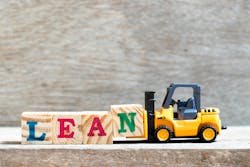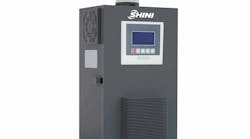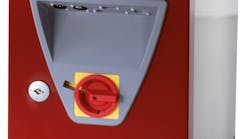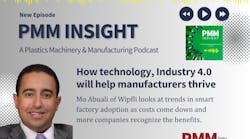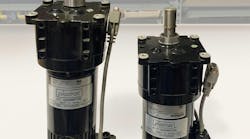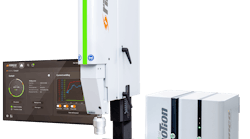Chagrin River Consulting
In our last article, we recommended that the best way to get started implementing lean in your company would be to get your workplace organized. We said that doing so isn’t difficult, but it takes a good bit of patience on management’s part and discipline on everyone’s part.
Too many companies tackle workplace organization as if it were just a “tidying up” project; a bit of sweeping here and there, empty the trash cans and they’re done. Others go to the far extreme, scheduling a wall-to-wall “spring cleaning” during which the mops and paint brushes fly, sometimes for several consecutive days. Neither of these approaches leads to a sustained organization of the workplace.
You’re going to kick off your lean initiative with “Sort and Shine.” Your first step is to get everything out of every work area that’s not needed for production (Sort). Junk, garbage, obsolete material, supplies, tooling and equipment, inoperative machinery that’s just sitting there … everything. So, in each work area, pull out the trash cans and scrap bins and start getting rid of all those unneeded, unwanted, not useful articles.
Here’s an important hint: Don’t let anyone but those operators and technicians who actually work in the area decide what gets tossed and what stays. They are the only people in a position to make those decisions.
It will be fairly easy to decide, for most articles, what to keep and what to throw away. Sometimes, though, the team will target one or more items that shouldn’t stay in the area, nor should they be scrapped or thrown away. We call those “Red Tag Items.” Tie a red tag to them, making a note on the tag as to what the item is, which area it came from and the date.
Then take those items to the “Central Red Tag Area.” The Central Red Tag Area is an out-of-the-way space in the plant to which the Red Tag Items get moved. You’ll need to identify the location for the Central Red Tag Area pretty quickly in your lean project. “But,” you might ask, “won’t the Central Red Tag Area just end up being another spot to move junk to? Won’t it eventually fill up?” If you’re not careful, that’s just what will happen. So, you’ll appoint a Red Tag Committee that will go to the Central Red Tag Area at least once a week, see what’s there, and make decisions on everything. The committee might decide to go ahead and dispose of some articles, sell others for scrap, move others to a different area, put others in storage, and so on. But articles won’t be allowed to simply sit for long periods of time in the Central Red Tag Area.
Some companies tell operators to “get to this workplace organization whenever you have time.” That approach just doesn’t work. You’ll need to schedule specific days and times when the operators are expected to do this work. One area might do its sorting on Tuesdays from 3 to 4 p.m. Another area might do its sorting on Mondays and Thursdays from 11 a.m. to 12:30 p.m. The specific schedule format is up to you and your associates. But you must have a hard and fast schedule, or it simply won’t get done.
As the teams are sorting out what they don’t need, there’s one more thing they need to accomplish: clean everything that remains in the area (Shine). And we mean everything: tables, workbenches, machinery and equipment, floors, walls … everything! The teams will need brooms, mops, dustpans, gloves, rags, degreaser, buckets and other items to get this cleaning done. This might be a good time to paint if that’s needed and appropriate. We’ve even used dry ice blasters to get stubborn grease and buildup of dirt and grime off machinery during this phase. As the teams are shining and cleaning the equipment, make sure they note any repairs that are needed and pass them along to maintenance.
You might be surprised that your lean initiative is starting with such an intensive effort on workplace organization. You might further wonder what the payoff will be. (I’ve even been asked how much operating cost the Sort and Shine effort has saved.)
First, workplace organization is an essential initial step to all the activities that will follow. Second, workplace organization is a good way to get everyone involved early in the initiative. Third, an organized workplace is a safer workplace. Finally, indirect labor (which you may not be measuring) will fall as your workers aren’t looking for what they need to do their jobs.
In our next article, we’ll introduce visual factory and get you started on that.
Rick Bohan is founder and CEO of Chagrin River Consulting in Akron, Ohio.
